Good ideas don’t always mean great success. Here are five innovative cars that failed.
Chrysler Airflow
A shining example of what happens if you put function before form in the car world, the Chrysler Airflow was the first full-size American car to use streamlining for better airflow (hence the name…) over the car. Before it appeared, car styling was somewhat brick-like, to say the least.
While the art deco look was hugely popular in architecture of the time, the Airflow wasn’t. Which just goes go to show that people don’t necessarily like their cars to look like buildings…
The Airflow would have two profound effects on car styling though – it encouraged other manufacturers to be more daring and adventurous, while its failure would convince Chrysler to be even more conservative…
Audi A2
The reason the Audi A2 failed was exactly the same reason it was so good, and it was summed up perfectly by the Audi product manager in the UK when the car was launched, when he said the idea was to “create a small Audi, not a cheap Audi.”
But it wasn’t just the purchase price that put people off the A2, it was the potential repair costs – the A2’s construction featured an incredibly large amount of aluminium (considerably more than today’s cars even) that made it extremely expensive, not to mention difficult, to repair even if only involved in a small accident.
GM EV1
While General Motors was blamed for “killing the electric car” when it pulled the plug (sorry…) on the EV1 programme in 1999 after its short 3-year run, the truth of the matter is that the huge amount of money the company spent developing the technologies used in it are a large part of the reason we are seeing the proliferation of hybrids, range extenders and pure EVs today.
The use of nickel-metal-hydride (NiMH), inductive charging and regenerative braking were all pioneered by GM with the EV1 and the fact that battery technology didn’t advance at the rate the company expected was blamed by GM for the programme’s death – something that manufacturers are still struggling with today.
Lohner-Porsche Mixte Hybrid
Firm proof, if it were ever needed, that new ideas are never really that new, the Lohner-Porsche was the world’s first hybrid was built in 1898 by 18-year-old Ferdinand Porsche when he worked for coach builders Jacob Lohner & Co.
The hybrid was driven by four electric motors (one mounted in each wheel hub) and powered by a gasoline engine generator and close to TWO TONS of lead-acid batteries.
While the driving experience was said to be smooth and impressive (for the time, that is), the technology was simply far too costly for public consumption, so Lohner developed the drivetrain for use in busses and fire engines. Young Porsche went on to have something to do with sports cars…
Pontiac Aztek
While it failed utterly because it was uglier than a box of broken arses, the Aztek was actually remarkably advanced for its time.
Features like a heads-up display and an advanced full-time on-demand 4WD system (FWD was also available) were impressive for the time, while the Aztek was also the first vehicle to be designed entirely using computerised rapid-prototyping/rapid-visualisation tools. Okay, so its probably not the best ad for that…
An incredibly versatile interior and cargo system (including a sliding rear tray that could hold 180kg), plus an optional camping kit that could virtually outfit the Aztek as a campervan were other innovations ahead of its time.
Who knows, maybe in 20 years’ time we will also come to appreciate its styling…
This article first appeared on STUFF Motoring.

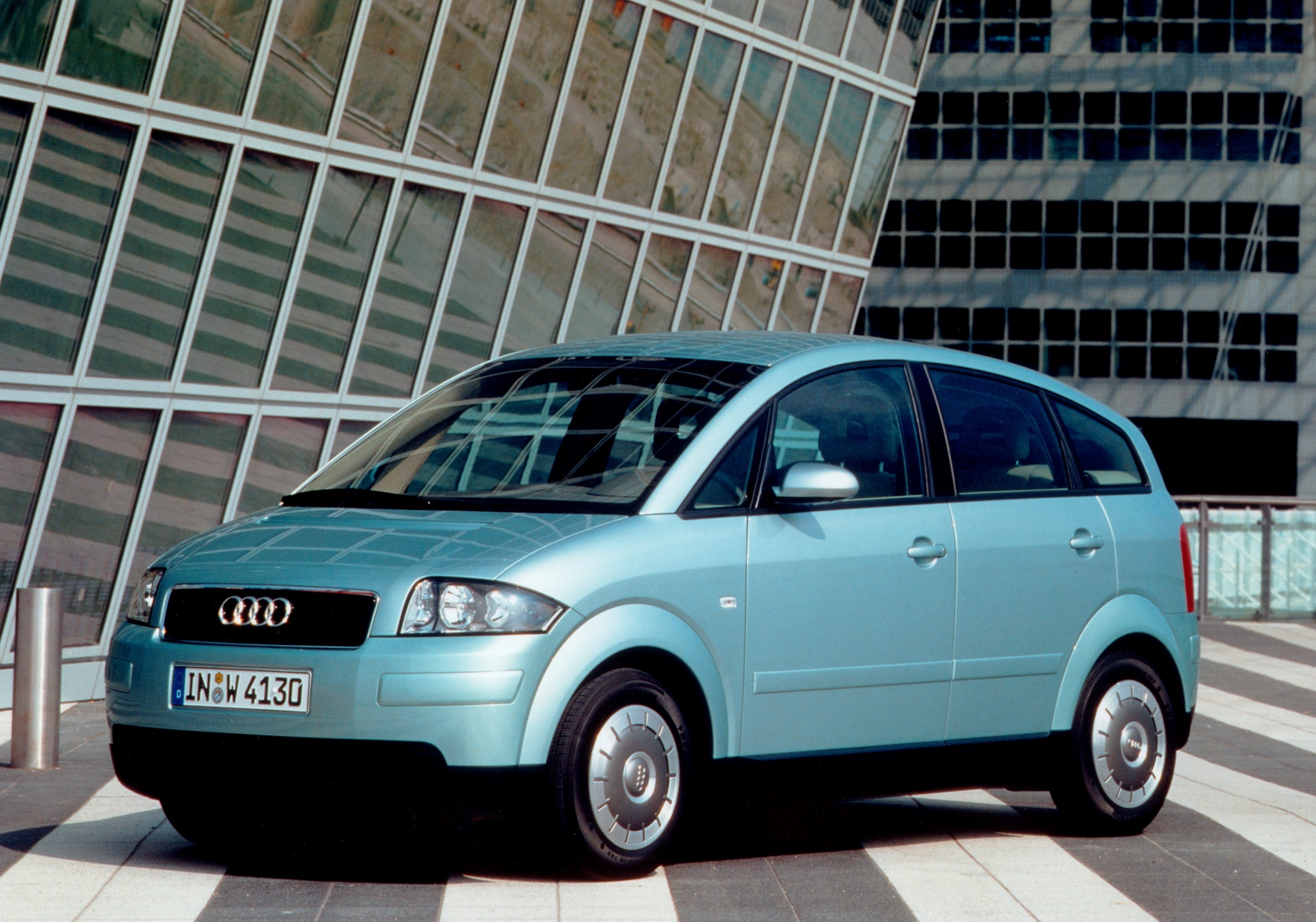
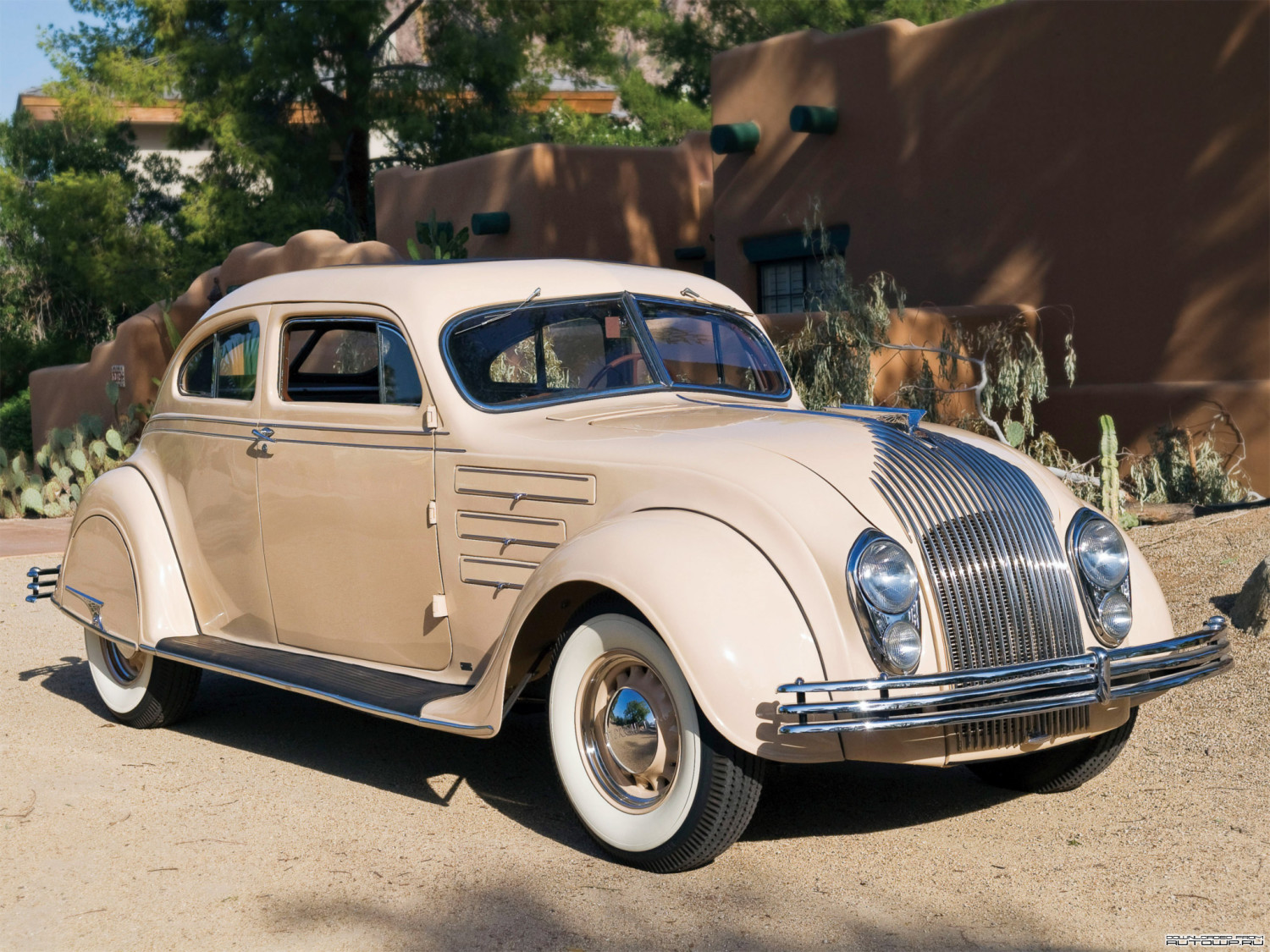
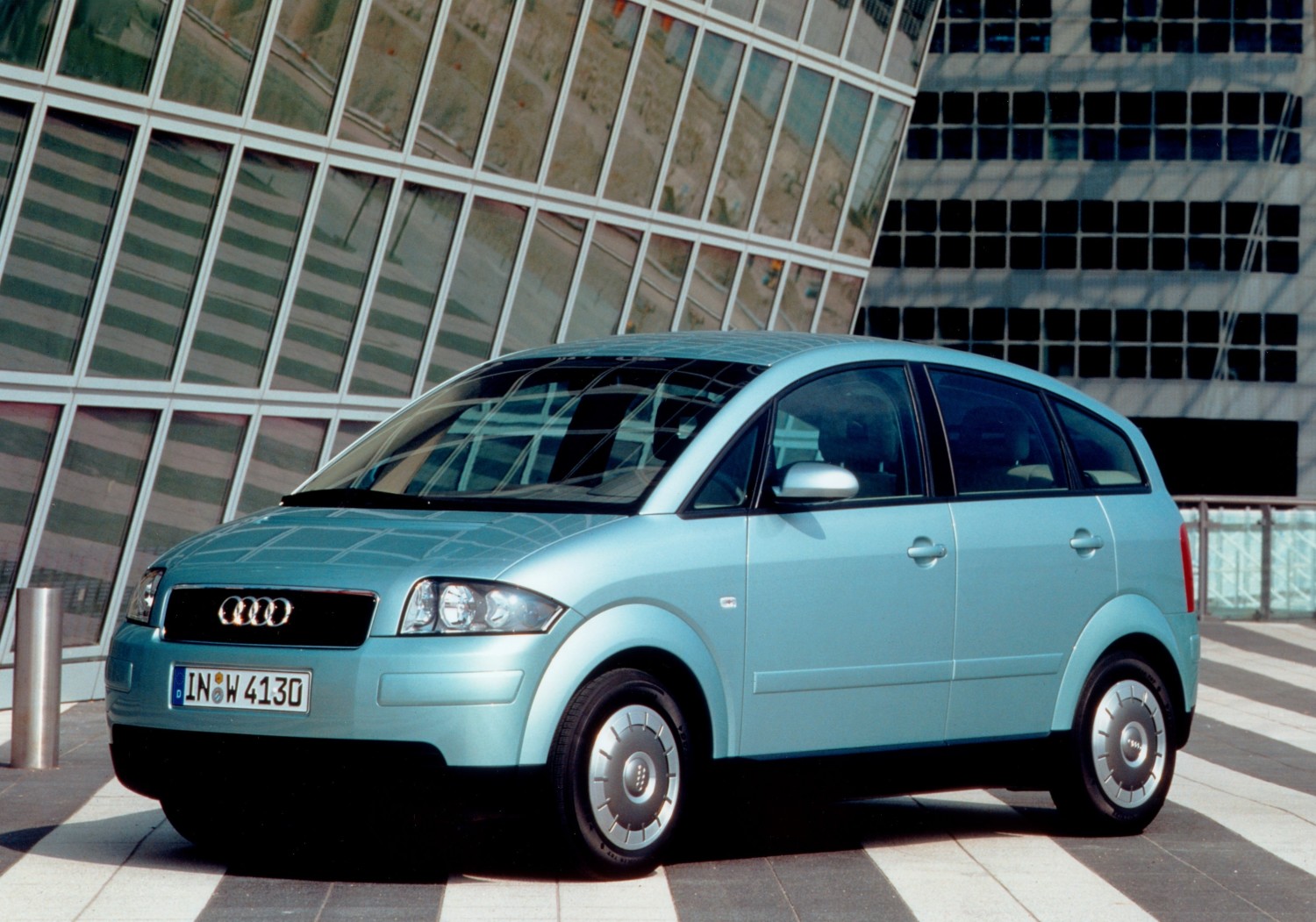
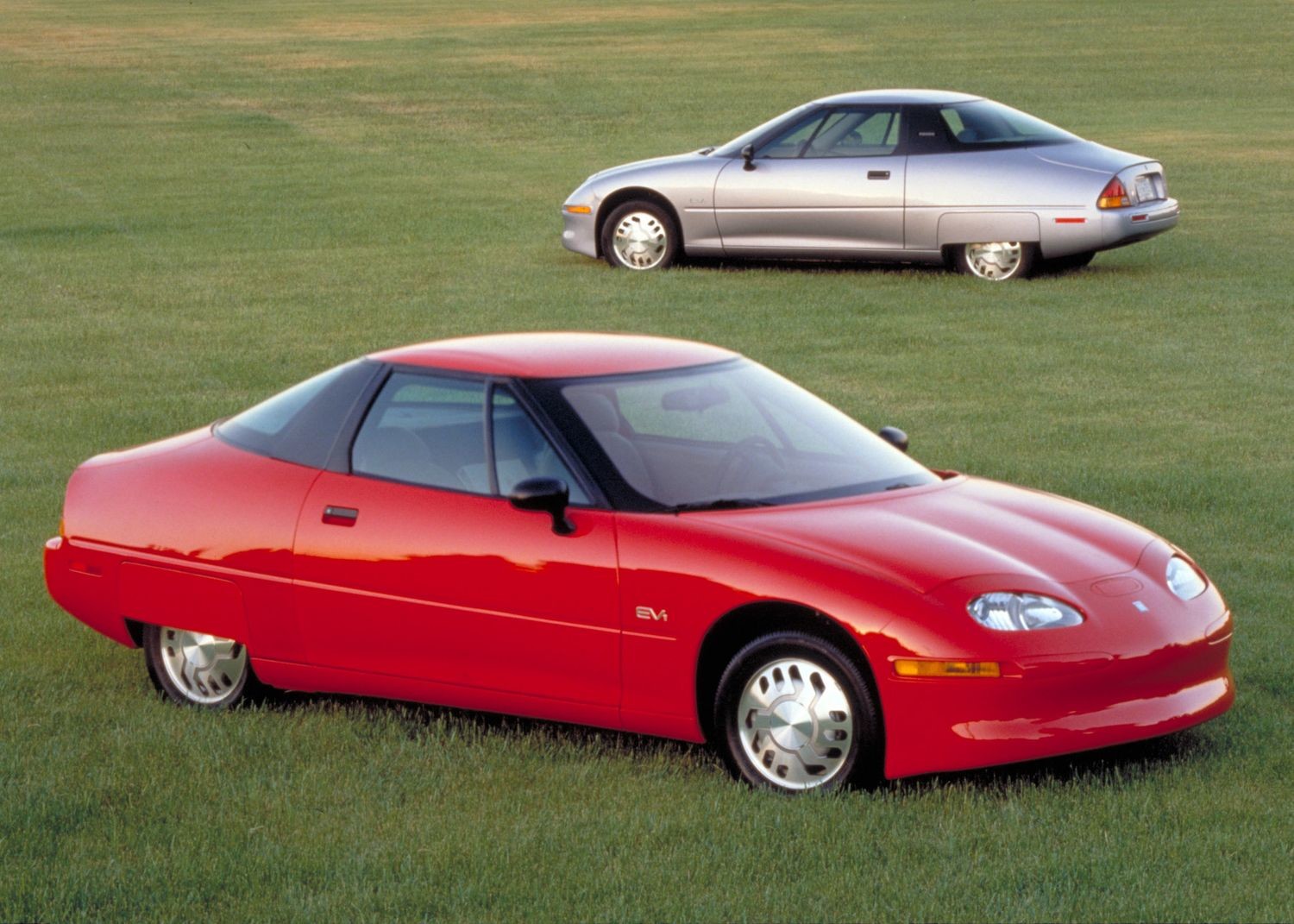
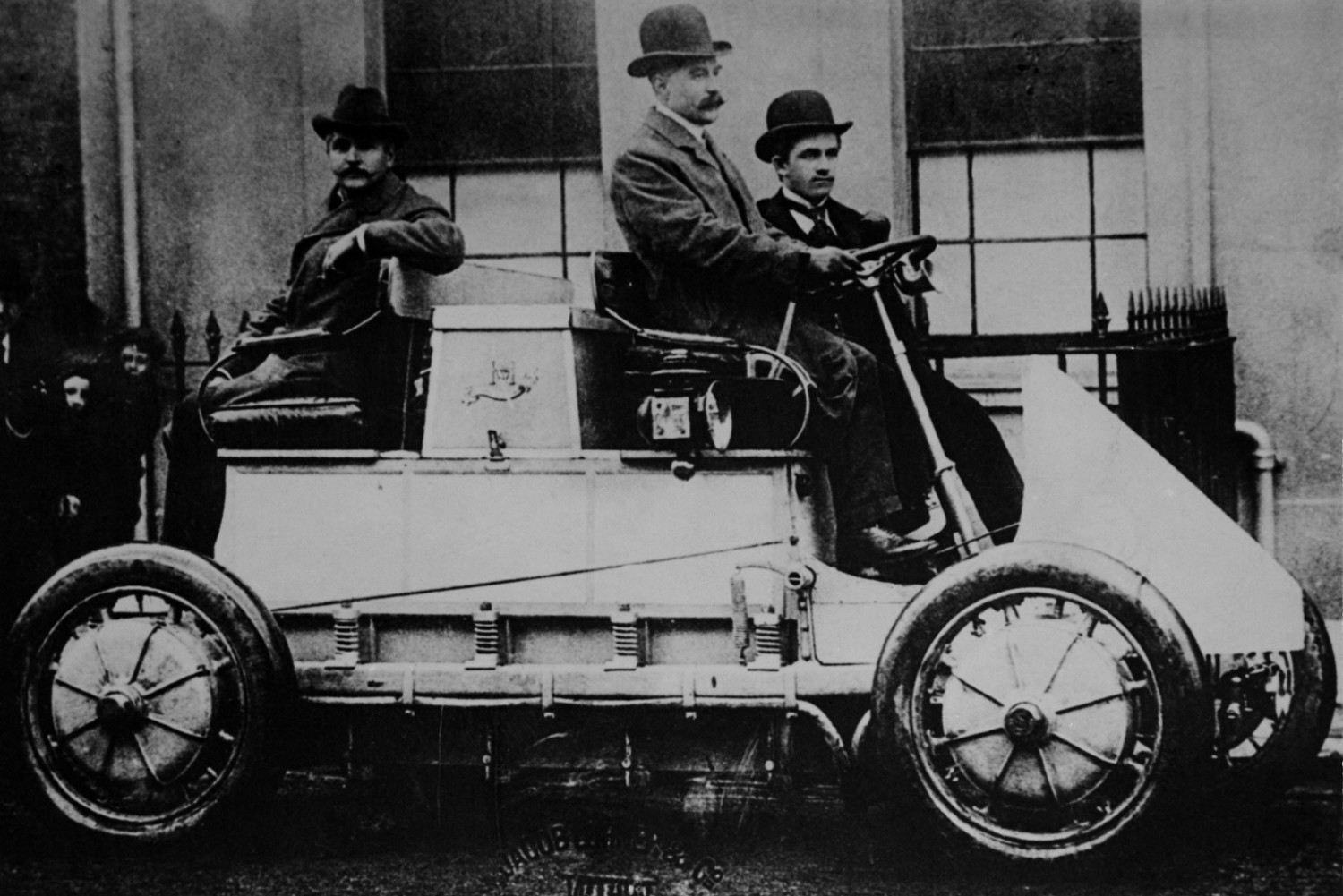
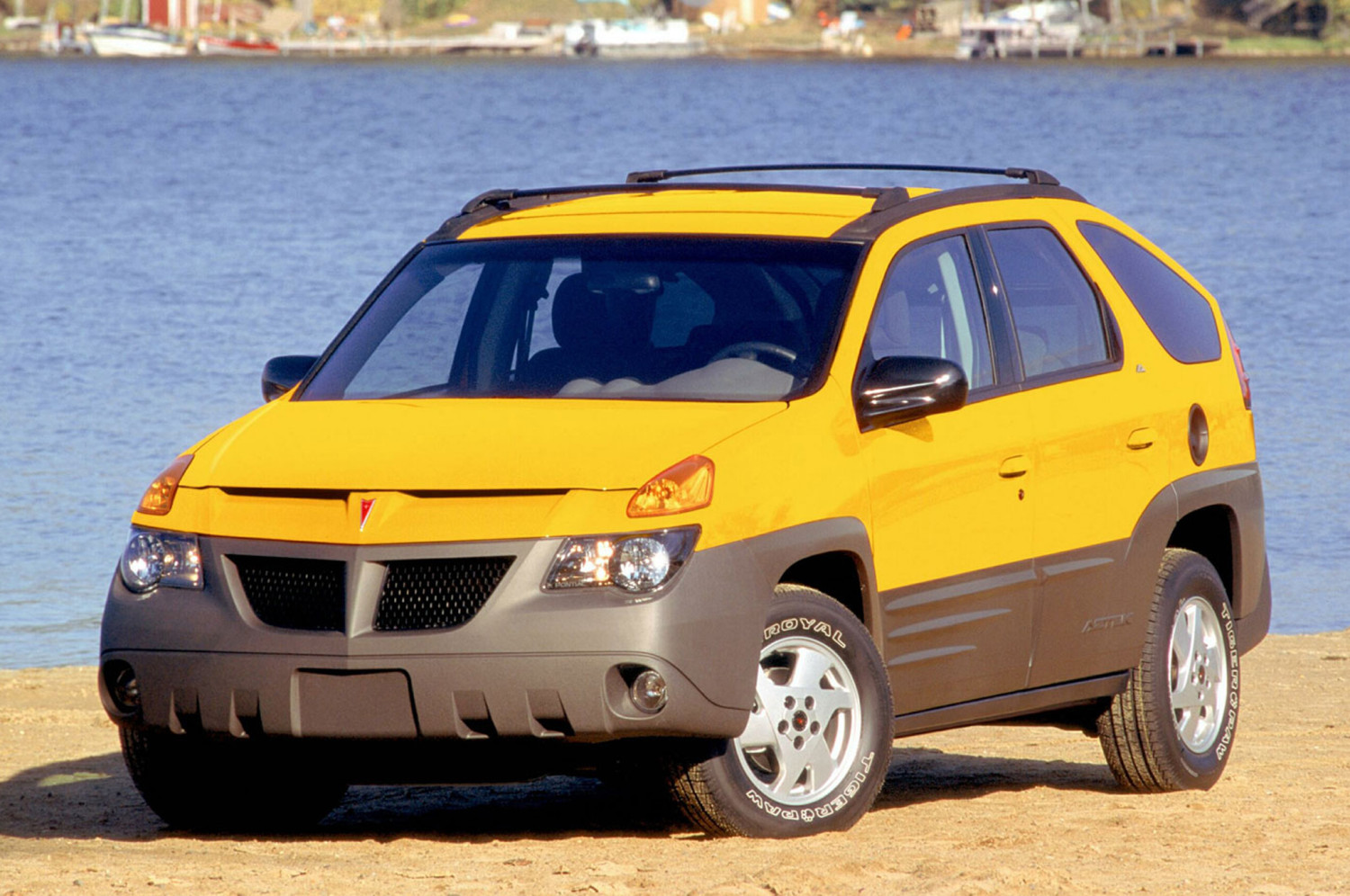

You must be logged in to post a comment.